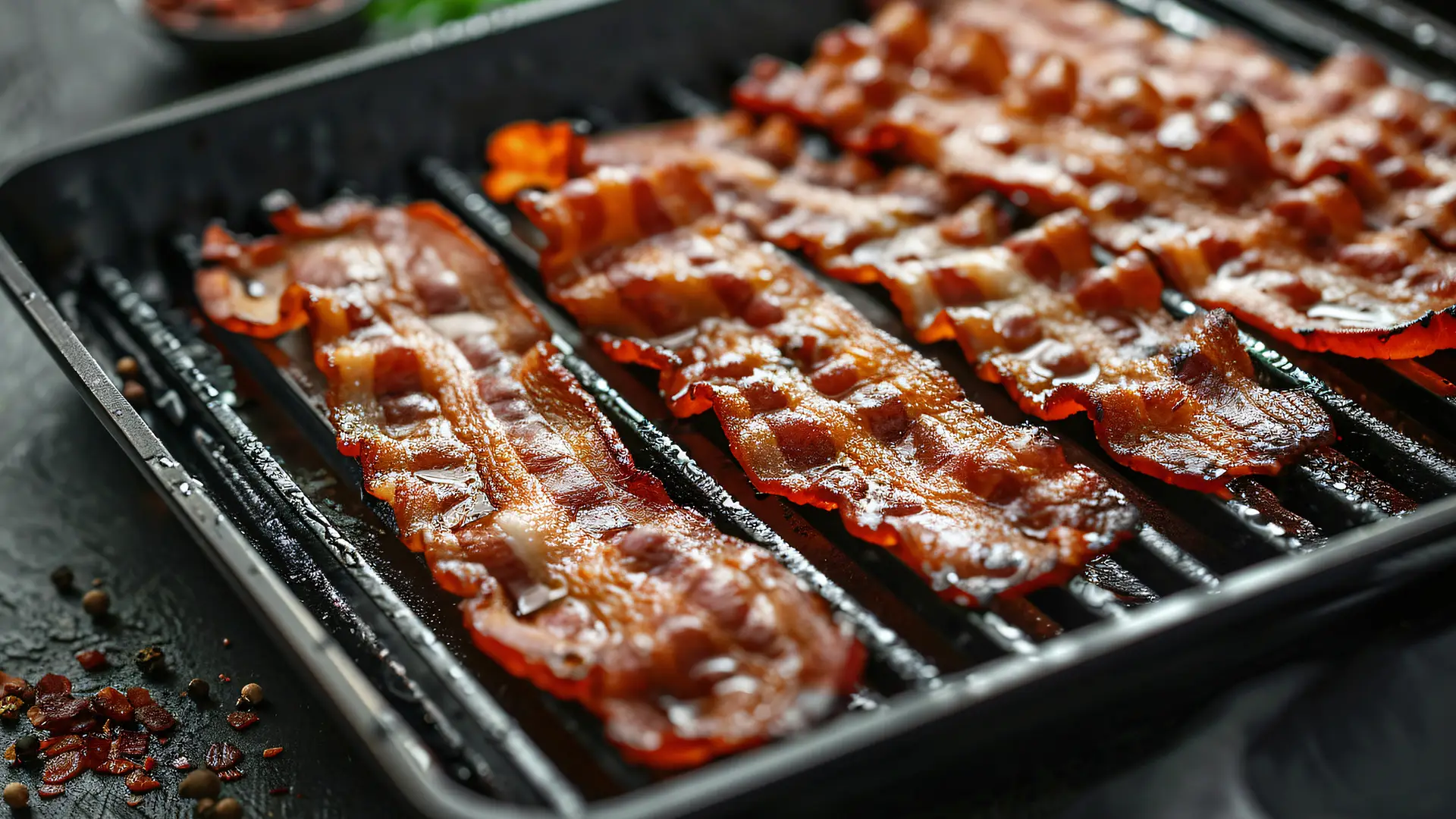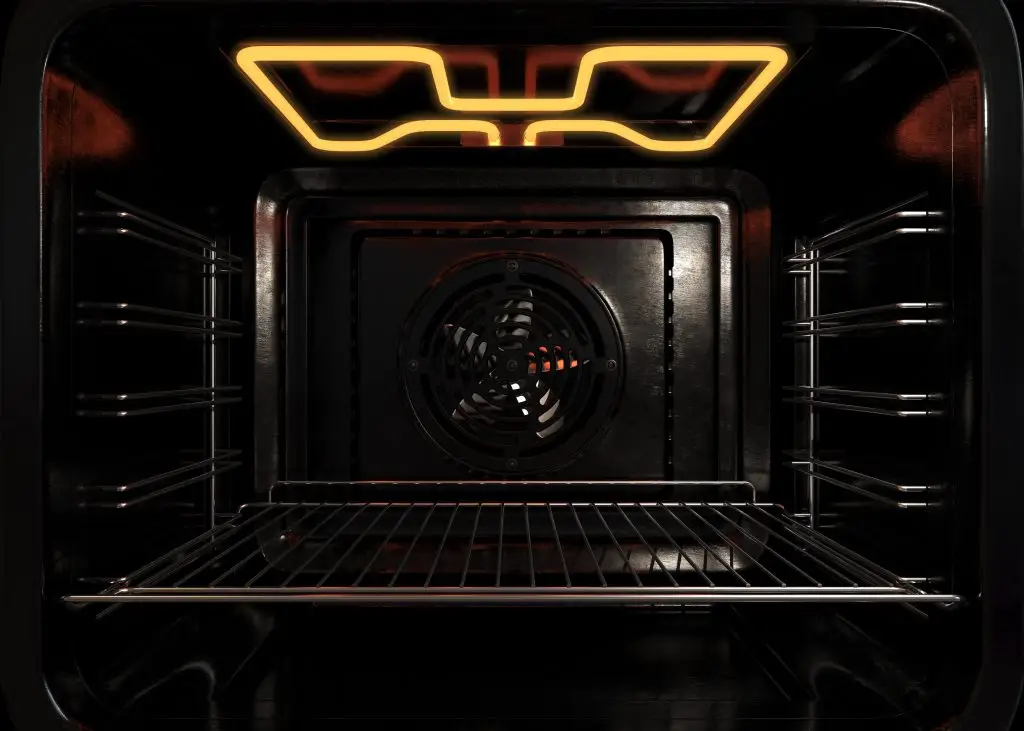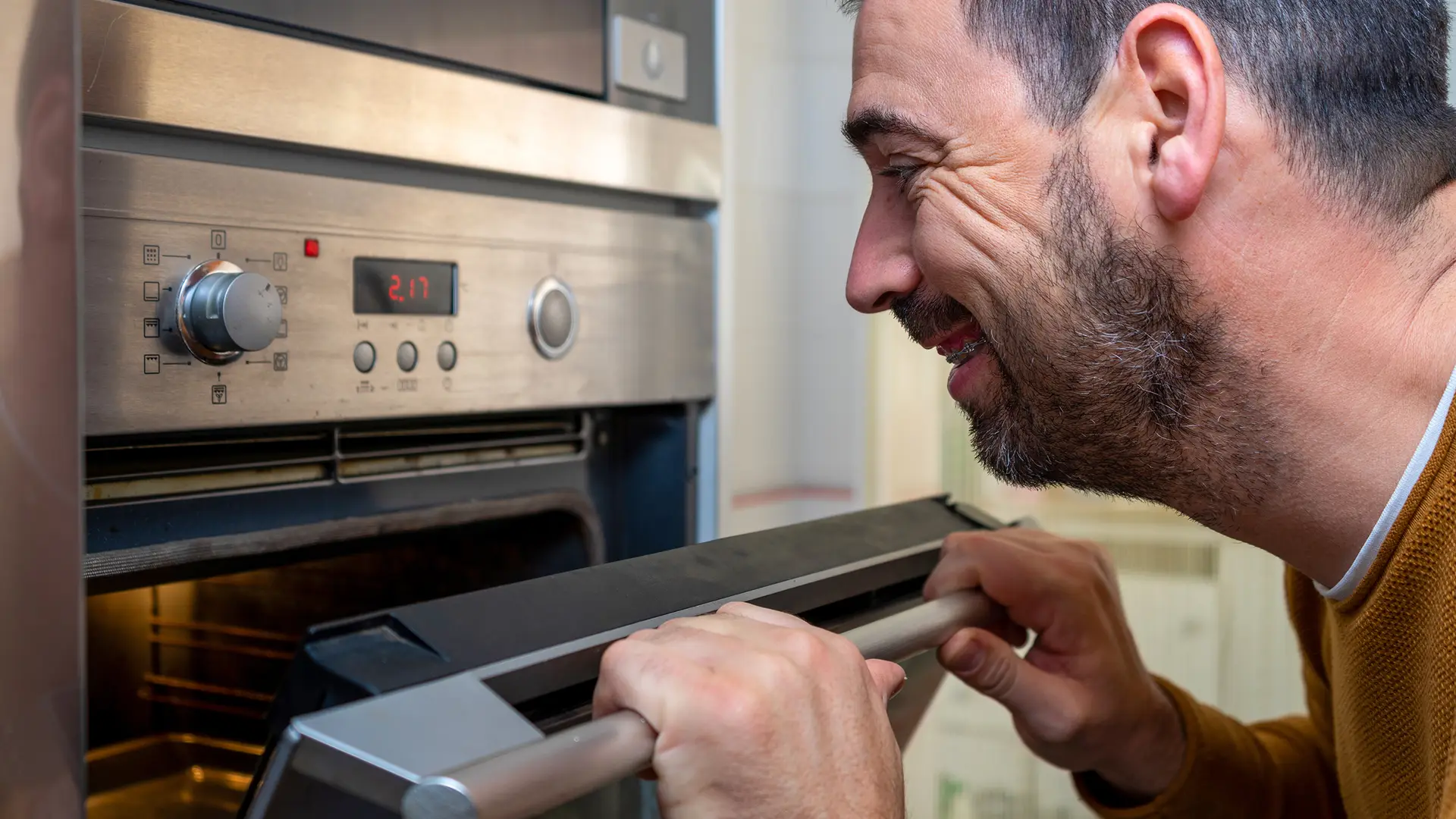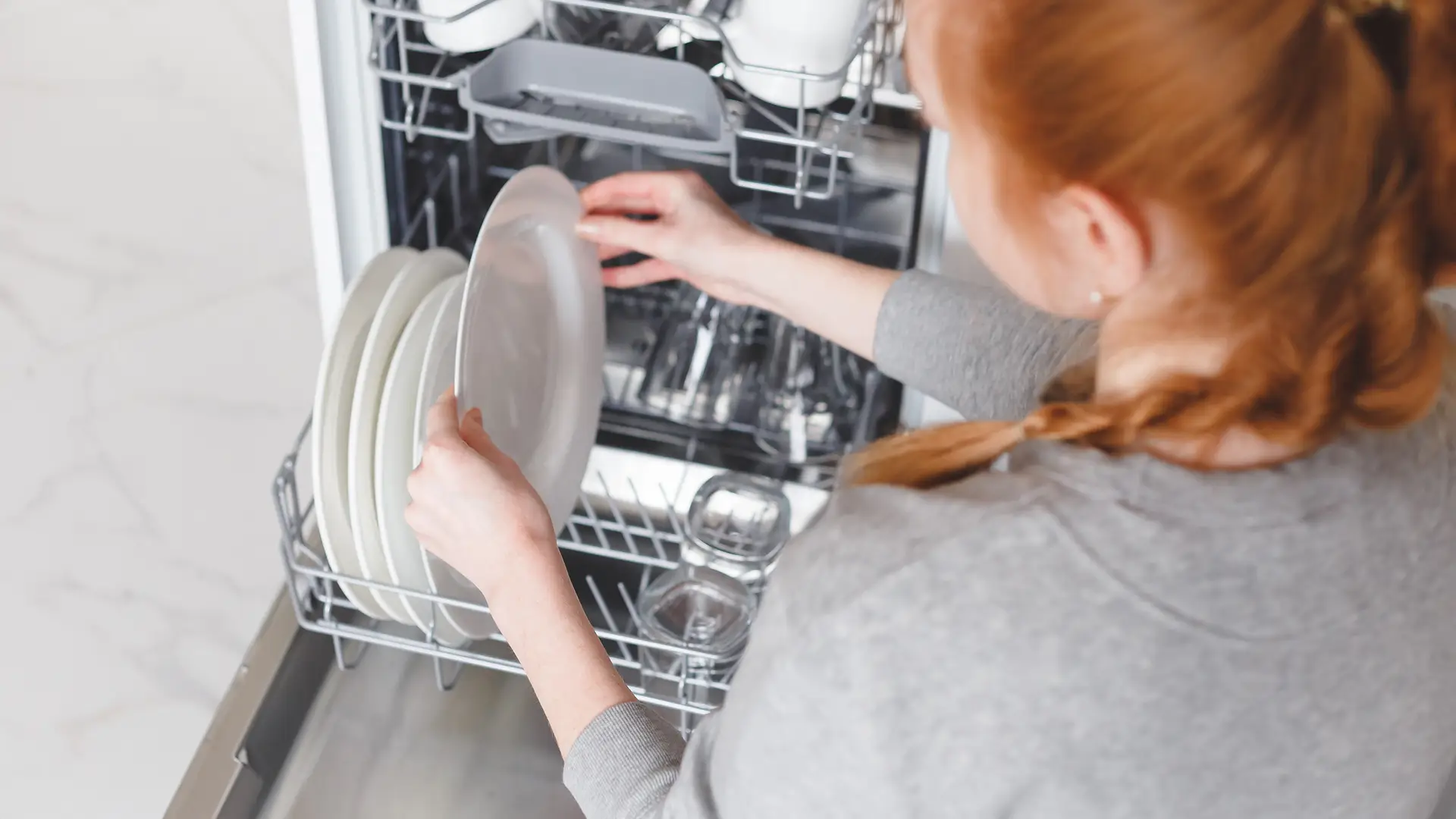
How to Use Oven Grill and Fan Grill Settings for Crisp, Even Results
Modern ovens come with a variety of cooking functions, but two of the most useful for achieving crispy, golden finishes are the grill and fan-grill settings. Whether you want to quickly toast bread, melt cheese to perfection, or evenly roast chicken with a crisp skin, knowing when and how to use these modes makes all the difference.
In this guide, we’ll explain what the grill and fan-grill settings do, when to use each one, and share tips for getting the best results every time. By the end, you’ll be ready to cook with confidence, achieving evenly cooked meals that look and taste restaurant-quality.
What Does the Grill Setting Do?
The grill setting works by using direct radiant heat from the top element of your oven. It’s very similar to an upside-down barbecue, giving food a fast, intense heat from above. This makes it perfect for browning, toasting, and adding a crisp finish to your dishes.
- Toasting bread or bagels
- Melting cheese on pasta or pizza
- Browning the top of a gratin or casserole
- Finishing dishes with a golden crust
Because the heat is concentrated at the top, it can be less effective for cooking thicker cuts of food all the way through. For those, you’ll usually get better results using the fan-grill setting.
What Does the Fan-Grill Setting Do?
The fan-grill setting combines the direct heat of the grill element with a circulating fan. This spreads the heat more evenly around the oven, meaning food doesn’t just brown on top — it also cooks more consistently throughout.
This makes it especially useful for foods that are thicker or need both a crispy finish and thorough cooking inside.
- Roasting chicken with golden, crisp skin
- Baking fish evenly while keeping it moist
- Crisping vegetables such as peppers or courgettes
- Cooking casseroles that need a browned topping

When to Use Grill vs Fan-Grill
Both settings are designed to crisp and brown food, but they work in slightly different ways. The table below shows when each option works best, how heat is distributed, and the kind of results you can expect.
| Setting | Best for | Heat distribution | Speed | Crispness |
|---|---|---|---|---|
| Grill | Toast, cheese, finishing dishes | Direct heat from top | Fast | High (surface only) |
| Fan-Grill | Chicken, fish, veg, casseroles | Circulated + top heat | Moderate | Balanced (crisp & even) |
Tips for Getting Crisp, Even Results
Whether you’re using the grill or the fan-grill, a few simple techniques can help you achieve perfectly cooked, evenly browned food:
- Always preheat the grill or fan-grill before adding food.
- Use the right shelf position: higher for quick browning, lower for thicker items.
- Cook on a wire rack to allow heat to circulate around the food.
- Keep a close eye — grilling can go from golden to burnt quickly.
- For fan-grill cooking, marinate meats or vegetables to lock in flavour while crisping the outside.
Common Mistakes to Avoid
Even with the right oven settings, it’s easy to slip up. Avoid these common mistakes to keep your food crisp and evenly cooked:
- Placing food too close to the grill element, which can cause burning.
- Using a solid tray instead of a wire rack, blocking airflow and crisping.
- Forgetting to adjust cooking times when switching from grill to fan-grill.
- Expecting thick cuts of meat to cook evenly under grill alone.
- Leaving food unattended — grilling requires close monitoring.

Recipes & Meal Ideas to Try
Not sure where to start? Here are some easy meal ideas that highlight the strengths of each setting, with recipes you can try at home:Using the Grill
Using the Fan-Grill
Final Thoughts
The grill setting is perfect for quick, high-heat browning, while the fan-grill setting delivers a balance of crispness and even cooking for thicker foods. Mastering both functions means you can create meals that are not only delicious but also look beautifully finished.
Experiment with different dishes to see which setting works best, and don’t be afraid to combine them — for example, use the fan-grill to cook chicken through, then finish under the grill for extra crunch.
Looking for more oven know-how? Explore our oven guides and advice for tips on installation, cooking techniques, and energy-saving tricks.
FAQs on Grill and Fan-Grill Settings
- All Posts
- Cooker Hood Guides & Advice
- Dishwasher Guides & Advice
- General Appliance Guides & Advice
- Hob Guides & Advice
- Laundry Guides & Advice
- Microwave Guides & Advice
- Oven Guides & Advice
- Wine Cooler Guides & Advice

Notice heat escaping or uneven cooking? Learn the key signs your oven seal needs replacing and how to fix it...

Discover which dishwasher cycles save the most energy. Learn how Eco and Auto modes reduce costs while keeping your dishes...

Discover how long major kitchen appliances typically last and how to extend their lifespan. Learn when to replace or maintain...